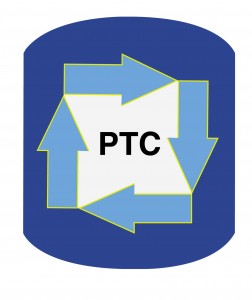In the early days of phase-transfer catalysis in the 1970’s, there seemed to be two camps. One group promoted the use of large quats, such as hexadecyl tributyl phosphonium bromide and another group used exclusively small quats such as triethyl benzyl ammonium chloride.
When I entered the field in 1976, it was already becoming obvious that the large quats were being reported to be extremely effective primarily in publications describing a wide variety of nucleophilic substitutions that did not involve base. In many of those publications, the small quats were ineffective for those reactions when extensive quat structure-activity relationships were examined. At the same time, most of the publications in which small quats were extremely effective involved base such as 50% NaOH.
By the 1980’s it became clear that there were two dominant mechanisms from among a continuum of many mechanisms. At that time they were called the “extraction mechanism” and the “interfacial mechanism.” Small quats worked best for “interfacial mechanism” reactions and large quats worked best for “extraction mechanism” reactions. By 1990, we redefined the dominant mechanisms to be transfer rate limted (“T-Reactions”) and intrinsic reaction limited (“I-Reactions”). These were based on the identity of the rate determining step.
Why is this important?
It’s important because chemists make decisions every day about which phase-transfer catalyst they will choose for a given application. Choosing the wrong phase-transfer catalyst, especially at the beginning of a project, can waste valuable R&D resources and time. We occasionally encounter biases for or against small quats or large quats, sometimes in academia, and these biases are counterproductive.
While objectivity is a given in science, we just want to reinforce proper screening of phase-transfer catalysts.
If your company can benefit from achieving higher process performance in a shorter development time by having access to the best PTC expertise available, now contact Marc Halpern by E-mail to inquire about using phase-transfer catalysis to achieve low-cost high-performance green chemistry.
If you’re not sure if PTC can help your reaction, now fill out the form shown at http://phasetransfer.com/projectform.pdf and send it to Marc Halpern by fax at +1 856-222-1124 or by E-mail of a scanned copy. If we do not have a secrecy agreement already in place, please use “R-groups” instead of the exact chemical structures.

